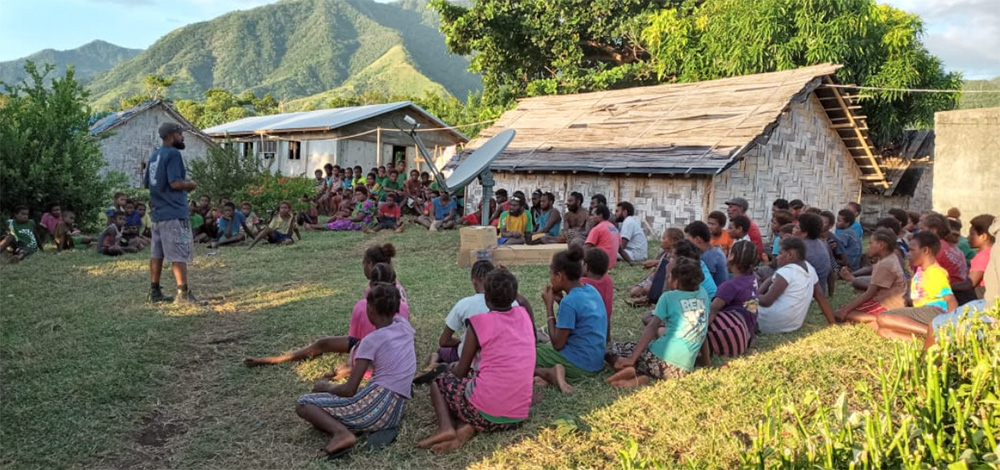The Asia Pacific region has the most internet users. Ironically, it has one of the lowest internet access rates at 63.8 percent, which is slightly lower than the global average (65.6 percent) and only slightly higher than Africa’s 43.2 percent. This is significant because almost every aspect of society depends on having access to the internet.
The importance of internet access is even more obvious now that many companies and educational institutions are promoting remote work environments. The internet has made such a significant contribution that economic growth and prosperity are now closely associated with it. According to research, poor internet access decreased productivity by 3% between May 2020 and April 2021, the period when the coronavirus pandemic was at its worst.
Broadband satellite operators are solving the problem
The current low internet penetration rate in the Asia Pacific region has prompted many broadband satellite operators to provide universal access at an affordable cost using proven satellite technologies.
Broadband satellite operators such as Kacific Satellites have designed and enlisted The Boeing Company to manufacture their first satellite, Kacific1. In 2019, SpaceX launched the satellite using a Falcon 9 two-stage orbit-class rocket.
The company’s wholesale and retail business model has enabled it to reach rural customers in the Philippines, Indonesia, Papua New Guinea, Solomon Islands, Vanuatu, Micronesia, Fiji, Kiribati, Tuvalu and other surrounding countries, with the help of local partners in the regions they serve.
Their business model enables a business or even an entire community to share the cost of a terminal, making the price point for every end-user affordable.
Kacific Satellite’s altruistic mission
To date, Kacific has secured more than 450 partners, resellers and distributors across 25 different countries. It has set up regional warehouses for rapid deployment in almost all countries it serves. These local internet service providers on the ground provide 24/7 support, and the extensive distribution network allows Kacific to reach and provide immediate services to customers in rural and far-flung areas.
Kacific has also partnered with major telecom operators, which resulted in the expansion of the 3G and 4G networks in Indonesia, Kiribati, Vanuatu, and Papua New Guinea.
The massive distribution network ensures broadband internet services are commoditized at fair price points, meeting the needs of local users and staying true to the mission of bridging the digital divide.
Bridging the gap
Kacific hopes to solve the endemic lack of accessible and affordable broadband internet in underserved regions in the Asia Pacific by launching seven satellites by 2030, which can potentially grow its annual revenue to $1 billion.
“We focus on direct-to-premise. We precisely place capacity where it is most needed. This yield price points that will unleash internet participation and usage. With the launch of Kacific-1 in 2019 and of subsequent satellites, people in areas currently lacking affordable high-speed internet are able to access online education, healthcare, and public services and grow their local economies,” said Kacific CEO Christian Patouraux.
These strategies have been possible for Kacific after signing managed bandwidth wholesale agreements in 14 countries with various telecom operators, valued at $434 million even before it launched its first satellite in 2019. The agreements helped Kacific close $237 million in financing in 2019 from equity, debt, and some customer prepayments.






